beijing food
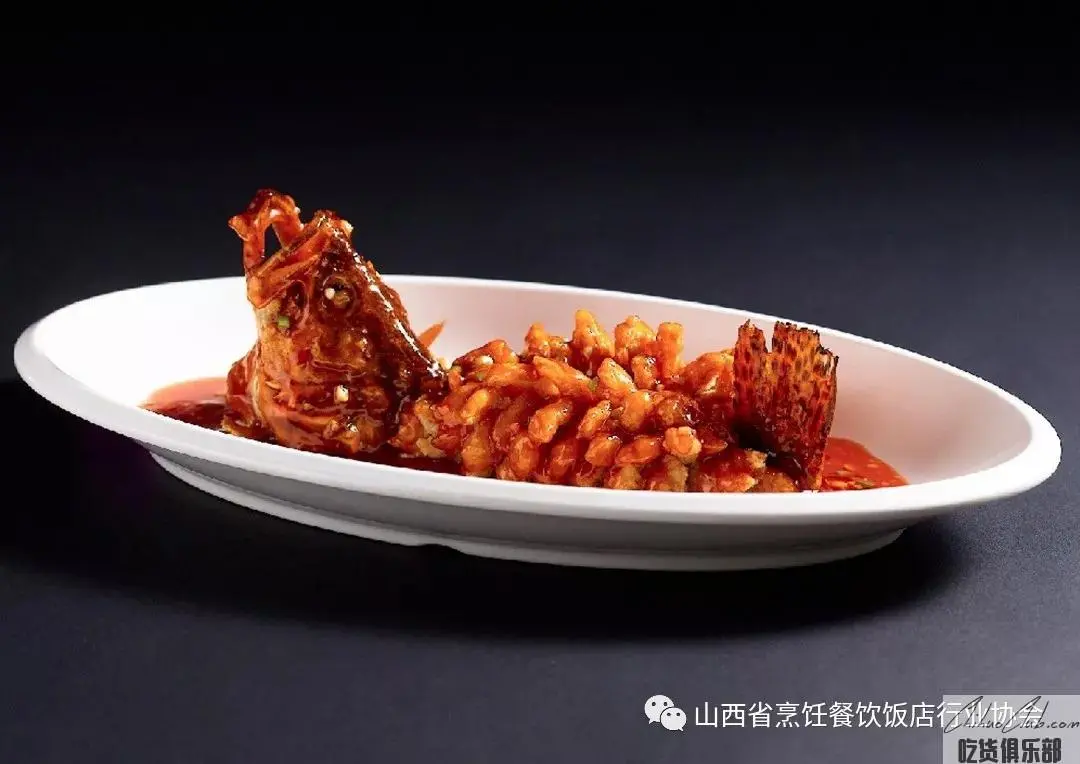
Sweet and sour fish is a simple dish, which is a common dish in the recipe. It is more common in Shanxi. The taste of sweet and sour fish belongs to sweet and sour taste. It is a kind of cooking, but how to make sweet and sour fish is best to eat, mainly depends on your own taste habits. Make detailed adjustments. Features: Yiqi Tiaoyuan, nourishing deficiency, promoting blood circulation and stomach, rich in nutrition, with the effect of pacifying cold and strong body and prolonging life.
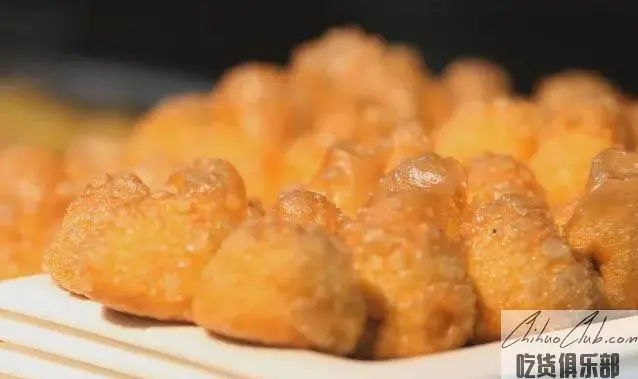
Oil cake is a traditional snack in northern China. It is widely distributed in Shaanxi, Gansu and Ningxia. It is a kind of pastry that is fried and has an elliptical shape. The filling is usually brown sugar or white sugar. The bubble oil cake is golden in color, delicate and soft, and does not change color after a long period of time. It tastes sweet and soft, and is a pure natural green food.
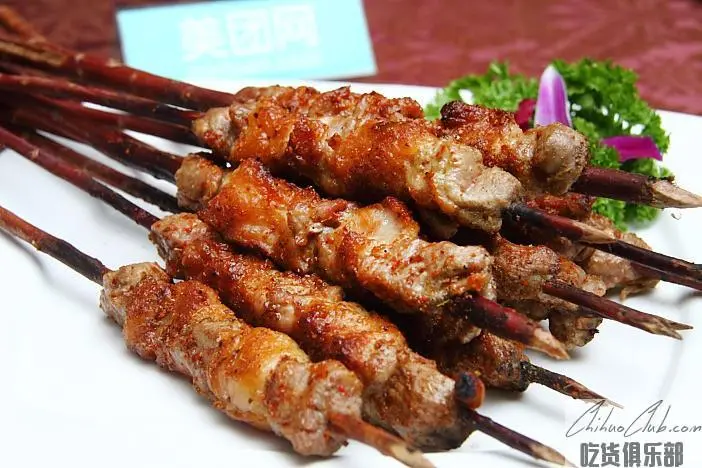
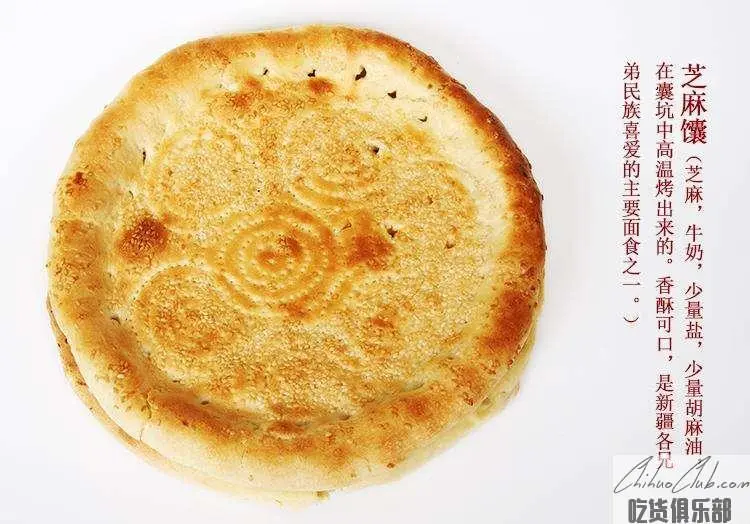
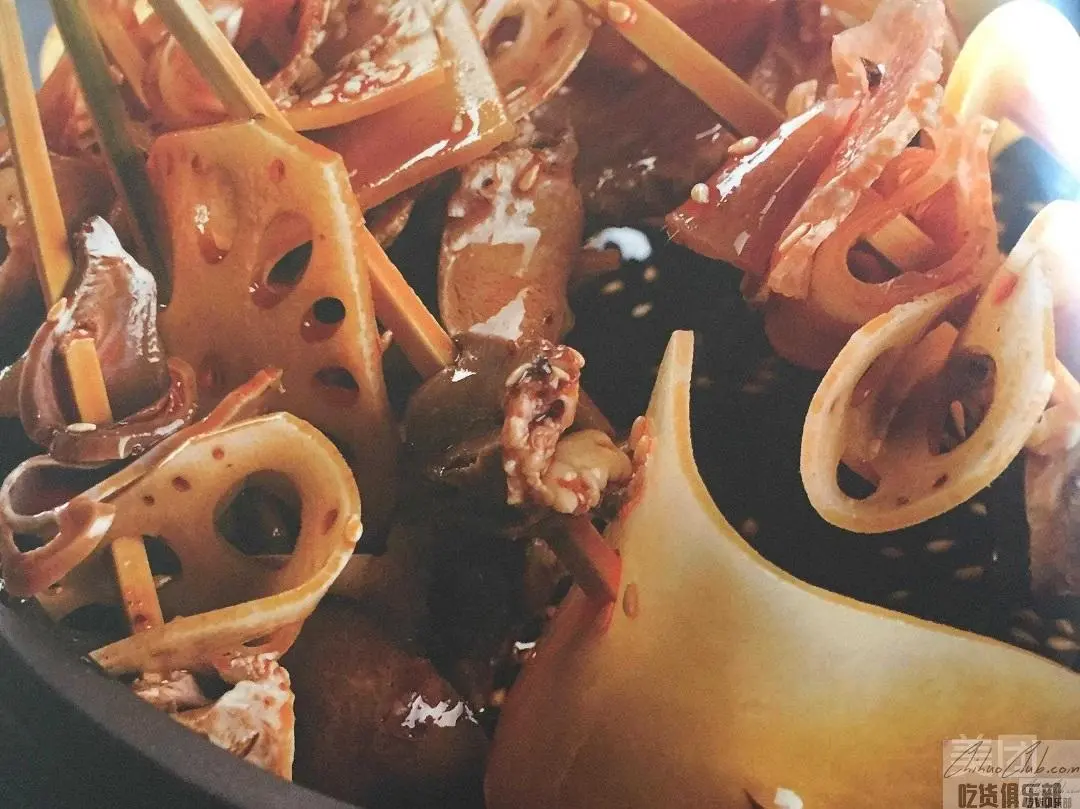
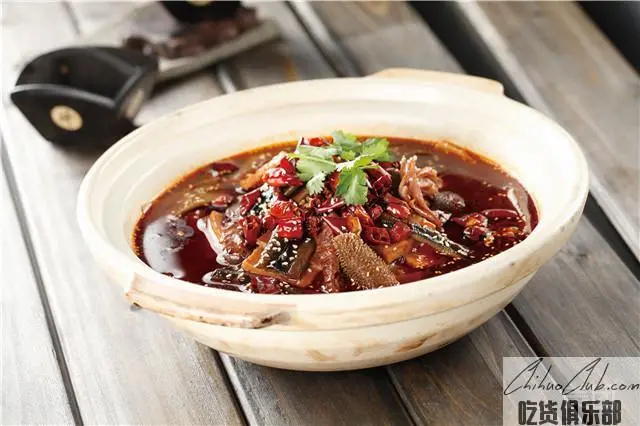
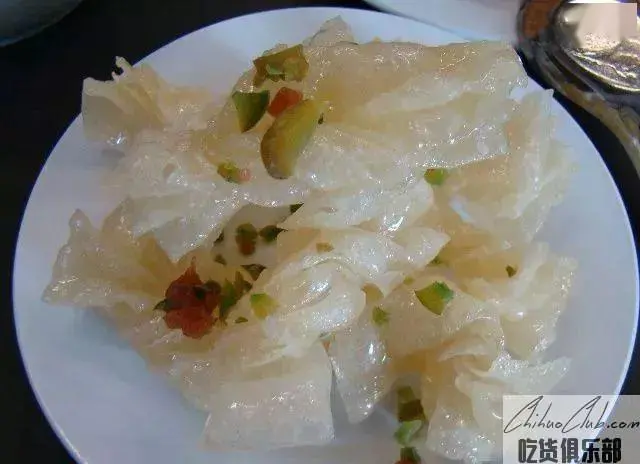
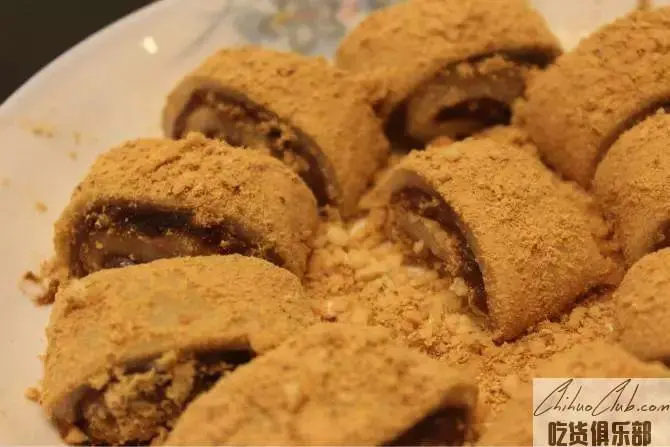
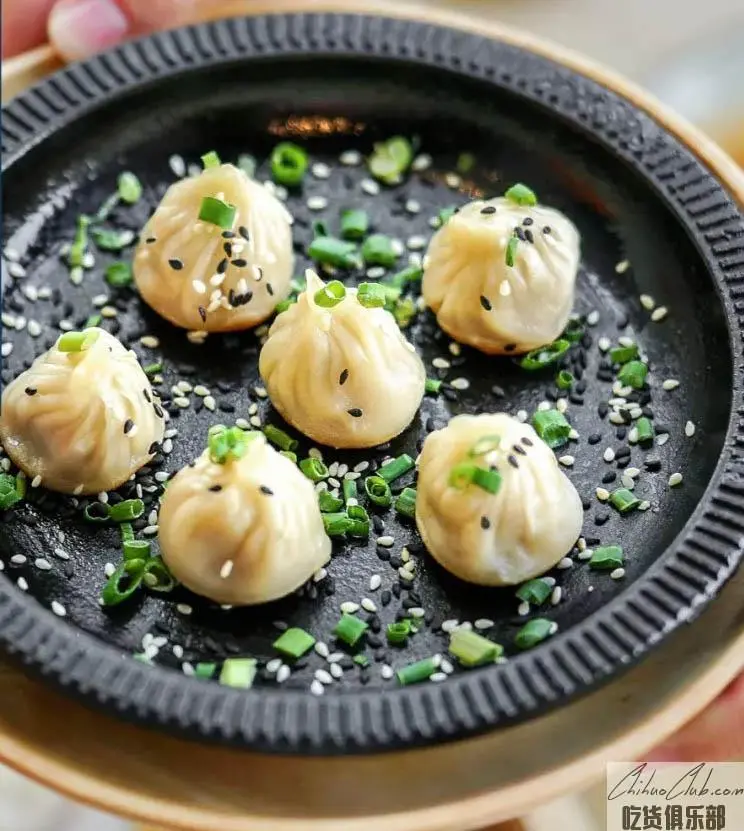
.webp)
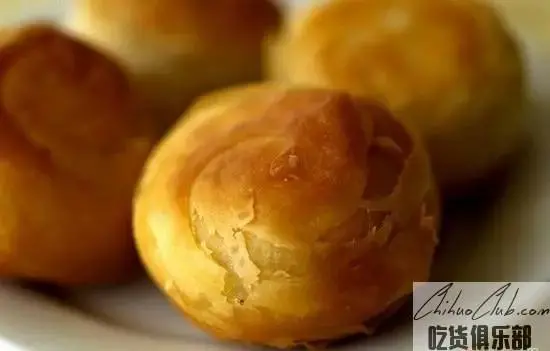

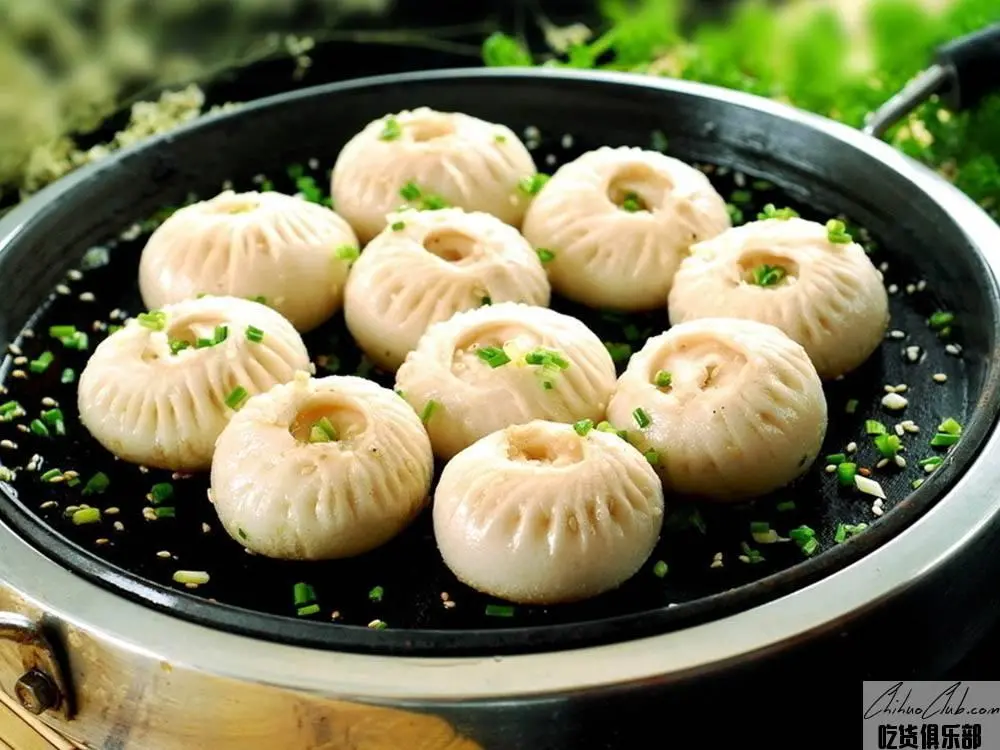
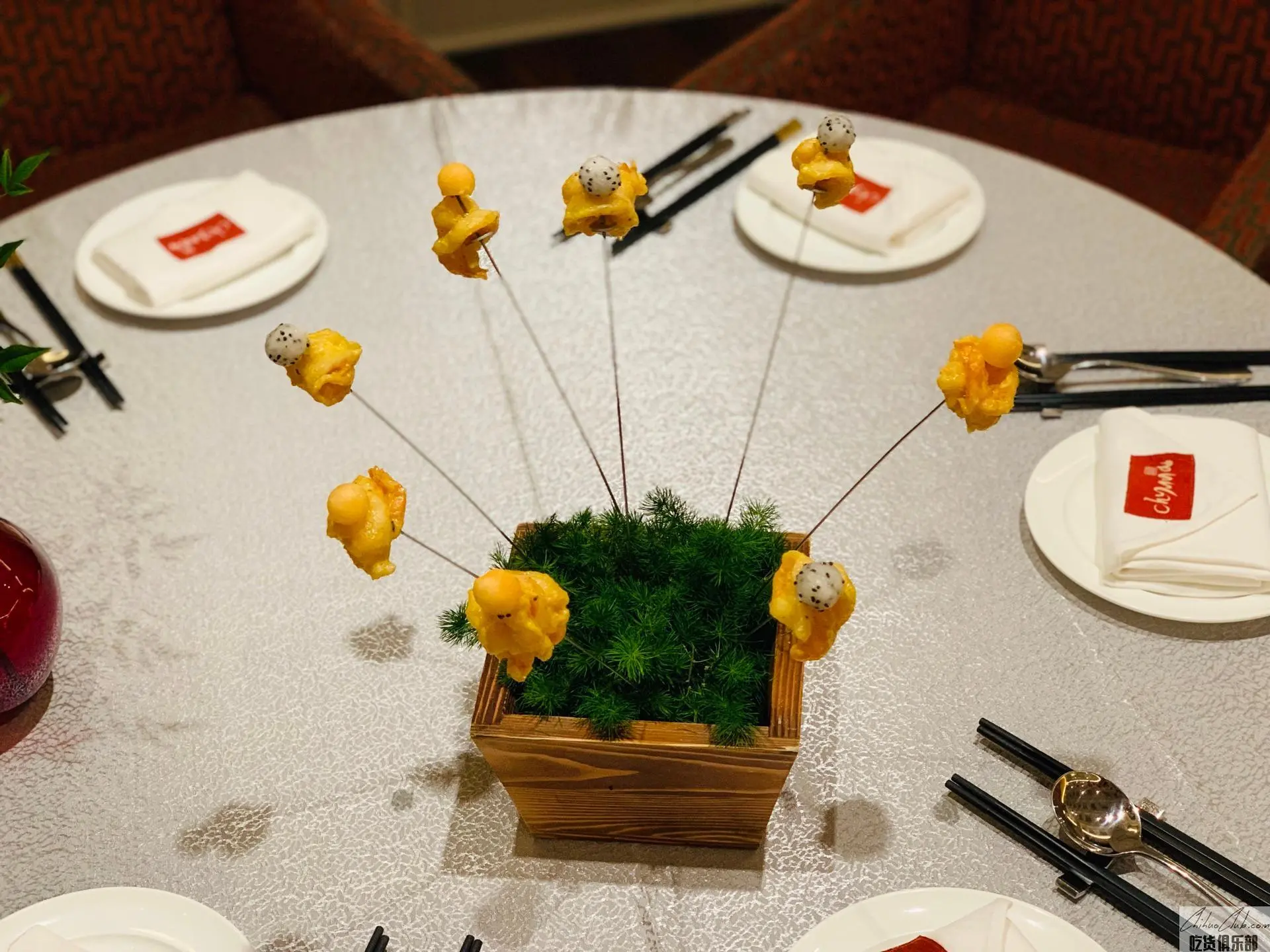
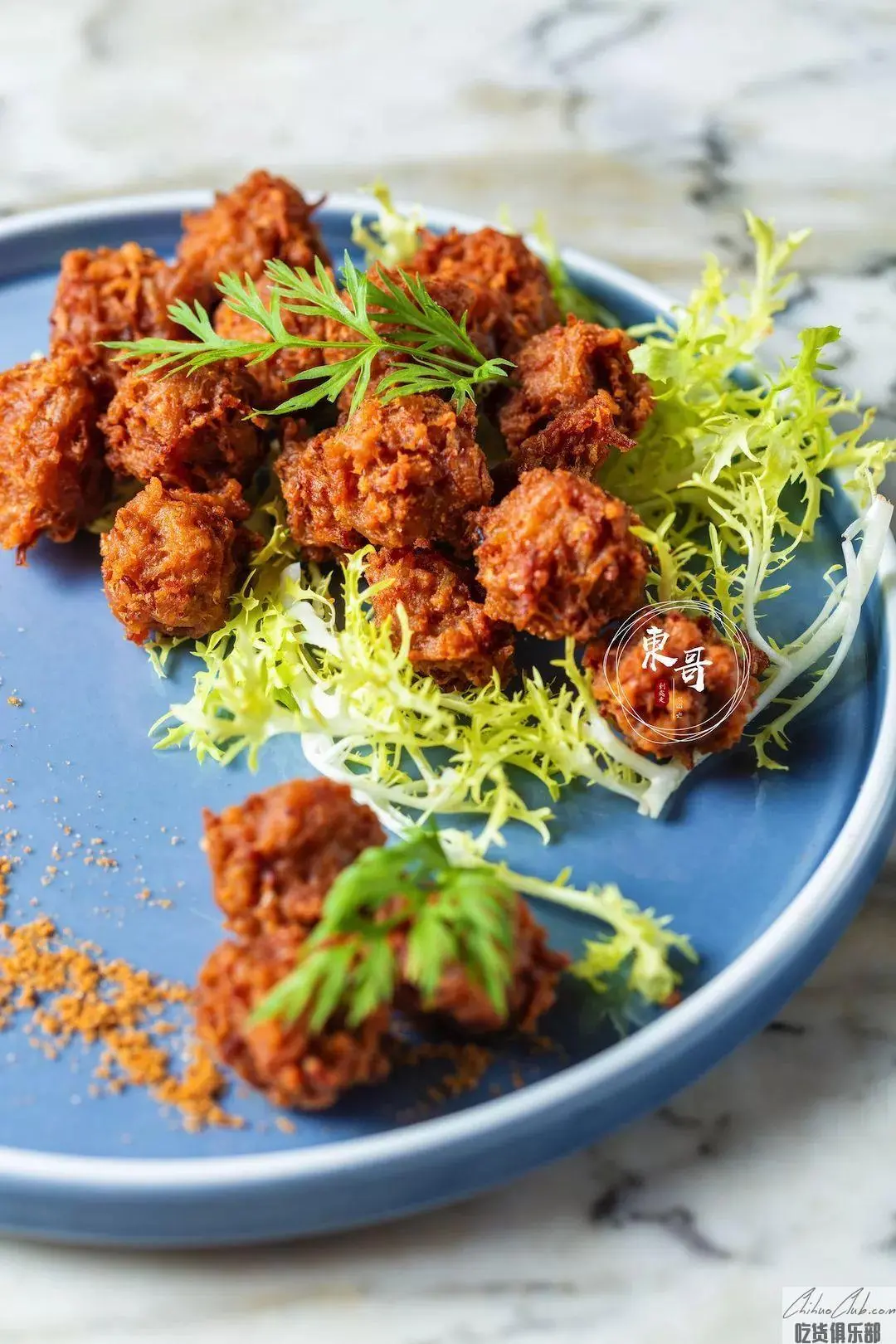

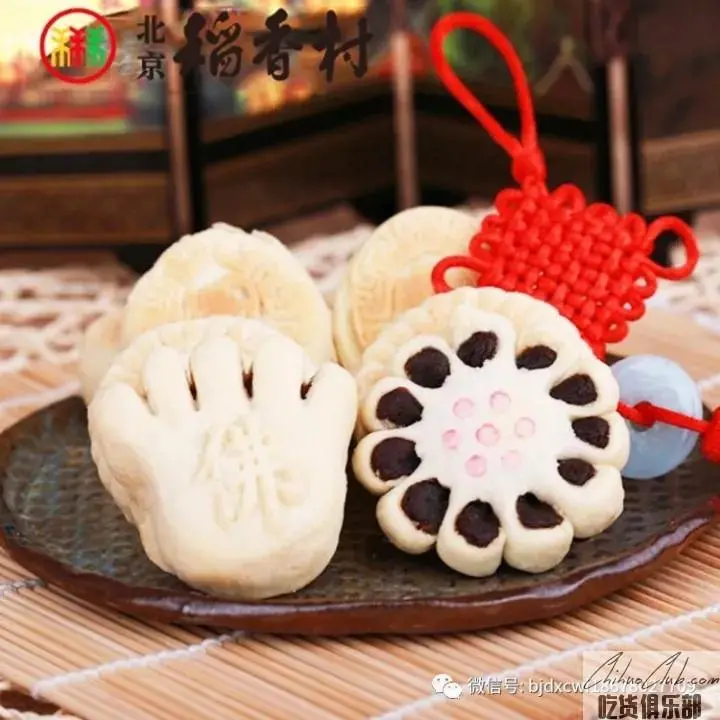
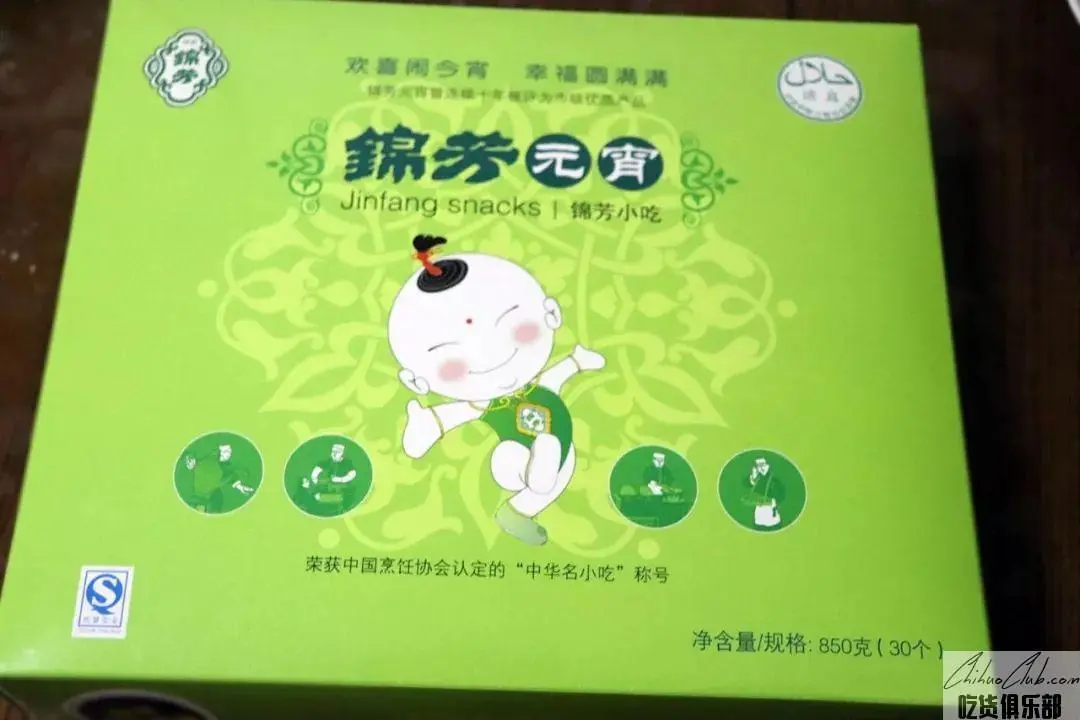
Jinfang snack bar mainly deals with halal snacks. The fist product in the store is Yuanxiao. Its main features are: when cooking, it only floats on the surface of the water, and it is swollen. After cooking, the skin is soft and the filling is porridge-like. It tastes sweet and not greasy. Because Jinfang is a Lantern Festival, the number of people waiting around the 15th of the first month is really much.nn
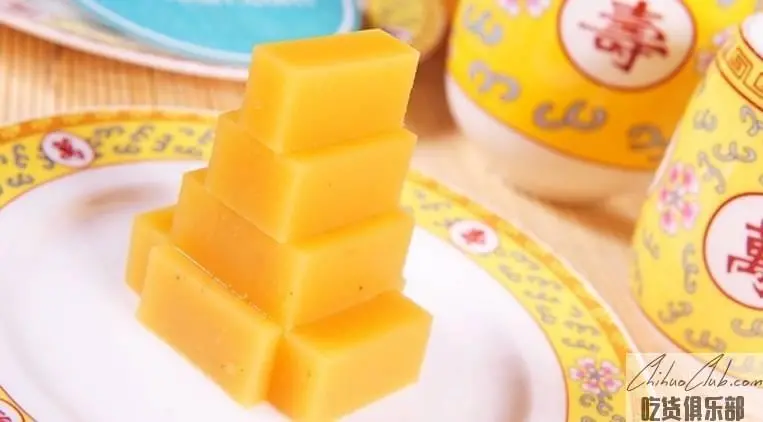
Pea Yellow is a well-known folk snack in Beijing, as an authentic Beijing dessert snack. The pea yellow is cool and refreshing, the entrance is instant, the peas are soft and rotten, with white sugar and sweet-scented osmanthus, and honey and honey cake. Located in Beihai Park, Imitation Restaurant is a palace restaurant founded in 1925. The predecessor of the imitation restaurant is the “Imitation Diet Tea House”, which specializes in tea, court cakes and flavor dishes. It is best known for minced meat, small nest and pea yellow.
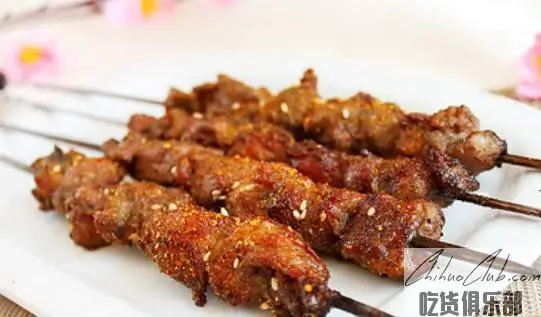
Don't look at this little lamb skewer, it's the essence of the sheep, made of pure tenderloin, and only two strings on a sheep. Moreover, the kebabs of Donglaishun are marinated by various seasonings such as eggs, onions, tomatoes, sesame seeds, etc., and then marinated in meat, then grilled, so that the kebabs are not only delicious but also eaten. It tastes more fragrant.
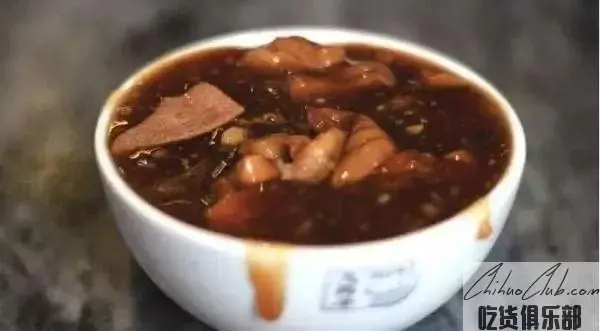
Due to its long history and authentic craftsmanship, Tianxingju Fried Liver has been listed in the “Intangible Cultural Heritage” protection list. Beijing has a long history of fried liver, which was developed by the Song Dynasty folk food “熬肝” and “炒炒” In the Qing Dynasty, during the Tongzhi reign of the Qing Dynasty, Xianju was sold and sold in a non-hooking manner. At that time, the capital of Beijing had been rumored to be saying that "the liver is not hungry-----------------------------------nWhen eating fried liver, you should eat along the bowl with a small steamed buns.
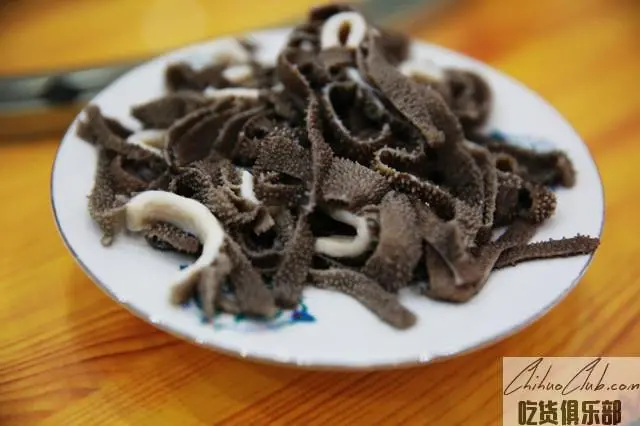
The belly is a famous snack in old Beijing. Liang Shiqiu said in the "Yashe talk" that the belly is a sheep belly, the sheep in the mouth is fat and big, and the sheep stomach has several parts: loose Dan, gourd The belly plate, the belly collar, the belly collar is the thickest. The belly belly sold in the restaurant is limited to the belly collar, and it is peeled, so it is called the belly. There are three ways to explode the belly. : Salt explosion, oil explosion, soup explosion."
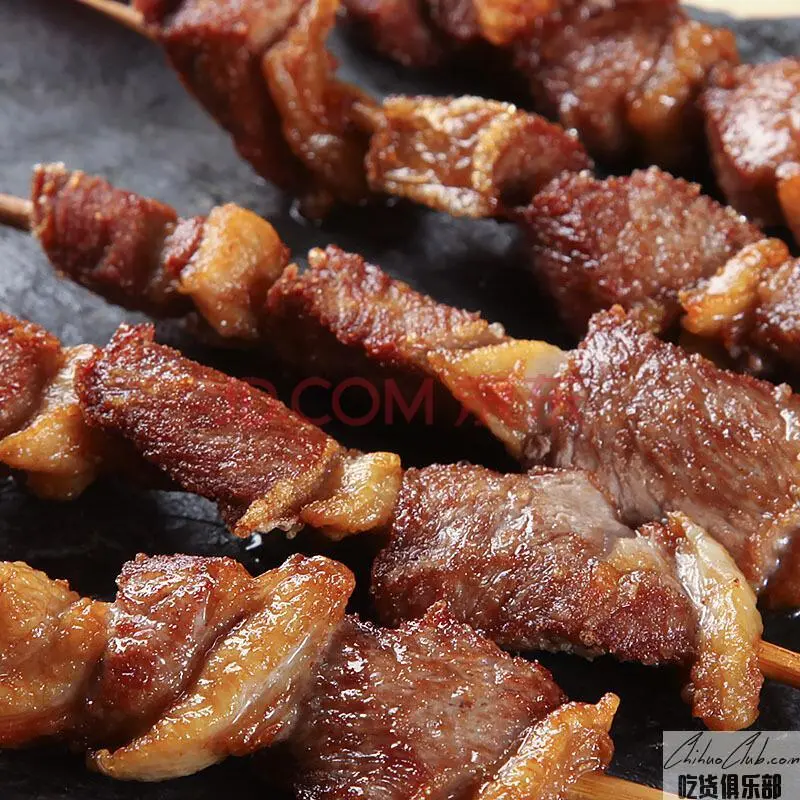
Dong Lai Shun barbecue is unique, both roast lamb and roast beef. When roasting, you should use the secret sauce of ginger juice, shrimp oil, etc. for half an hour in advance to taste the meat. After the shelf is baked, add the ingredients such as cake, onion and parsley. Dong Lai Shun barbecue also has a special feature, which is made by the iron branch on the spot, so that the atmosphere is good when not only eaten, but also the meat is delicious. Don't look at this little lamb skewer, it's the essence of the sheep, made of pure tenderloin, and only two strings on a sheep. Moreover, the kebabs of Donglaishun are marinated by various seasonings such as eggs, onions, tomatoes, sesame seeds, etc., and then marinated in meat, then grilled, so that the kebabs are not only delicious but also eaten. It tastes more fragrant.
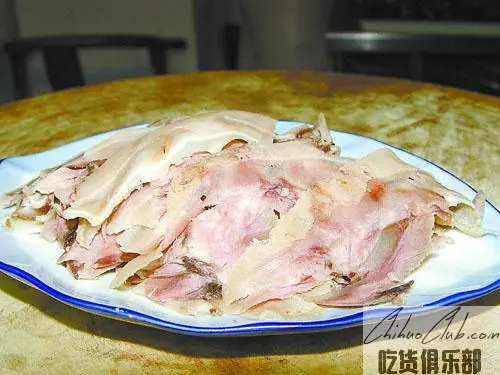
Beijing's sheep's head meat is a must in Beijing. Cut thin as paper, sprinkle with salt and pepper noodles, used to chew the wine, for no good. Sheep's head meat includes "face", "letter" (ie tongue root), "ceiling" (sheep on the sheep), "passing the ladder" (the sheep tongue, the name is tongue), sheep eyes, sheep's hooves, sheep tendons, tendons, The face of the sheep is the most profound.

Assorted Yuanxiao is the fist product of Jinfang snack bar. Although there are more than a hundred kinds of snacks here, the first thing that people think of Jinfang is the Lantern Festival here. From Jiangmi noodles, fruit materials, to the size and packaging of Yuanxiao, Jinfang has strict control over every aspect of the production of Yuanxiao. Its main features are: when cooking, as long as the pot is floated on the surface of the water, and it swells, the skin is soft after cooking, and the filling is porridge-like, and it is sweet and not greasy.

Pea Huanger is a good time for Beijing Spring and Summer Festival. Originally a folk snack, it was later introduced to the court. The pea yellow children in the court of the Qing Dynasty used the fine white peas as raw materials to make the finished product light yellow, delicate and pure, and the entrance was instant, the taste was sweet, cool and refreshing. According to the custom of Beijing, the third day of the third month of the lunar calendar should eat pea yellow. Therefore, whenever the spring pea yellow is listed, it will be supplied to the end of spring.

Each of the burnt wheat has its own characteristics, which are both delicious and delicious, and have a high ornamental value. The wheat tops of the siu mai have 24 pleats, like a thin waisted skirt, thin and translucent, green and transparent, slim. The food is fragrant but not greasy, and the aftertaste is endless.
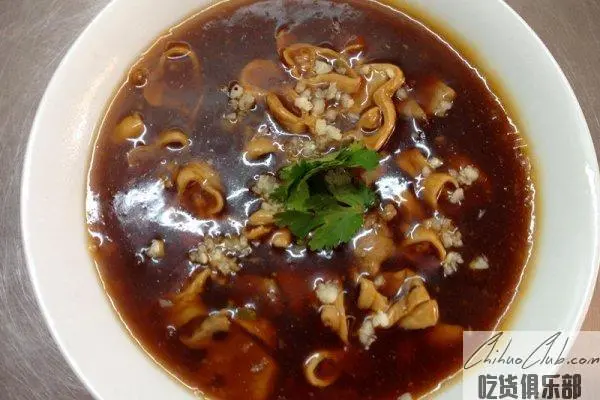
Fried liver is a famous traditional snack in Beijing. It is mainly made from pig large intestine and pig liver. It is added with starch and thickened, and the fat intestine is generally more than the liver.
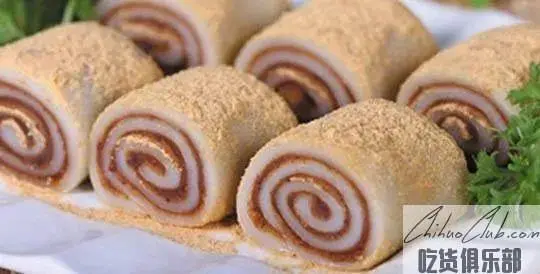
It is one of the old Beijing traditional snacks. It originated from the reign of Emperor Cixi in the 14th year of Guangxu in the Qing Dynasty. It was originally called the bean cake, and it is one of the foods that Cixi loves very much. On May 8th, 1888, Cixi returned to his home in Chuxiu Palace after playing in the Summer Palace. At this time, she felt hungry and ordered Li Yingying, the general manager, to inform the imperial kitchen to prepare meals quickly. After the chef was busy, the small eunuch Xiao Xiao was on duty. Child support. General Manager Li kept urging the meal. In a hurry, the eunuch Xiaoxier accidentally dropped the bean cake into the dough bowl. The unscrupulous little scorpion picked up and sent it to the general manager. After the Cixi met, he asked Li Lianying: 'This Haven't eaten, what is the name. ‘Lilian Yingmin wants to answer a moment and wit: ‘This is called 驴 驴. Since then, Beijing has had a snack that is rolling.
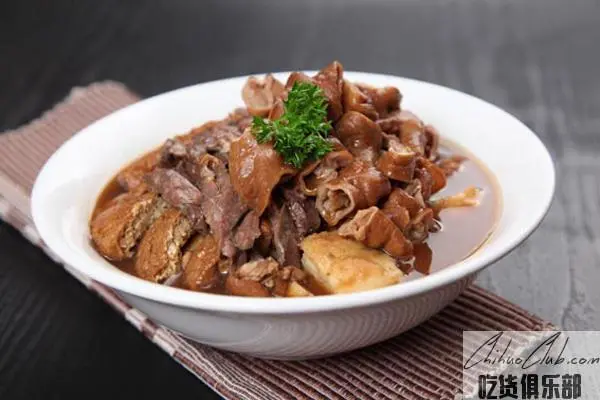
The small intestines are cooked and prepared in a fine and fine manner. The flavor is unique, the craftsmanship is exquisite, the original taste is authentic and authentic. It has the characteristics of “intestinal fertilizer but not greasy, meat rotten but not bad, fire burnt through but not sticky, soup is thick and mellow.”
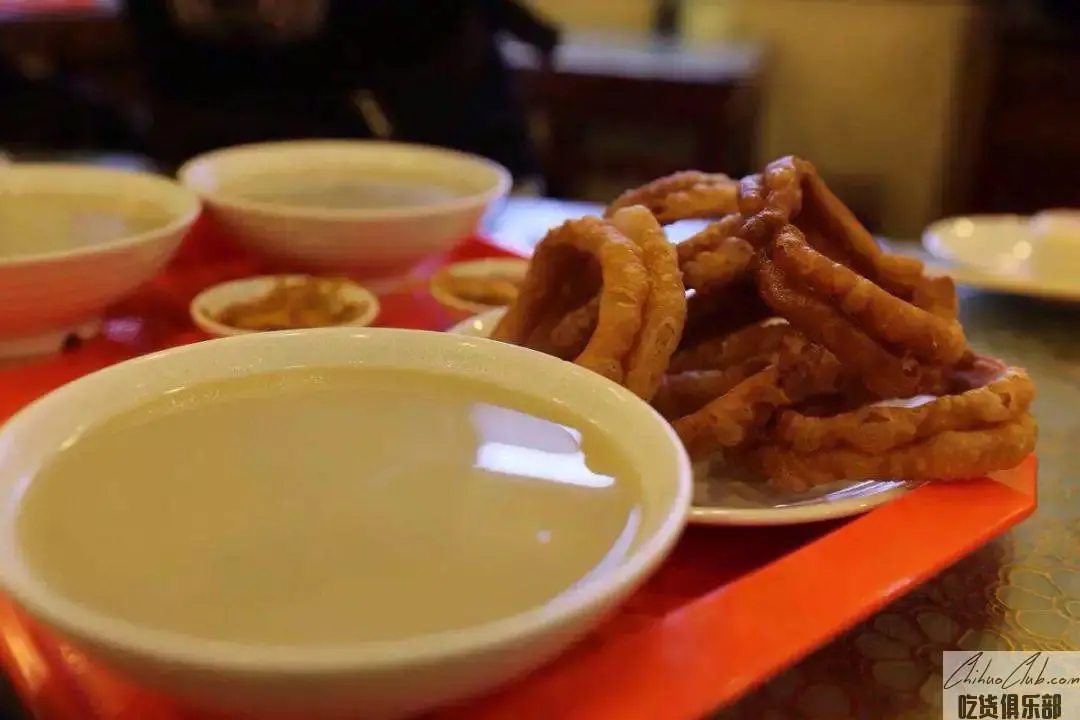
Bean juice with focus ring, this is one of the classic breakfasts for Beijingers. Beijing people love bean juice. It’s really like Tianjin people love 嘎 菜, Henan people love to drink chuan chuan soup, Xi’an people love mutton squid. !

Cowpea rolls and pea yellow are the same brothers. They used to be traditional folk snacks. Later, they entered the palace on the same day and became the imperial meal of Empress Dowager Cixi. The cowpea rolls are finely made, the skin color is white, and the fillings are delicate and sweet. It is a delicate summer cold spot. With it on the table, it immediately made people shine, and the guests who held it again could not refuse its temptation. The banquet grade will also appear to improve a lot.
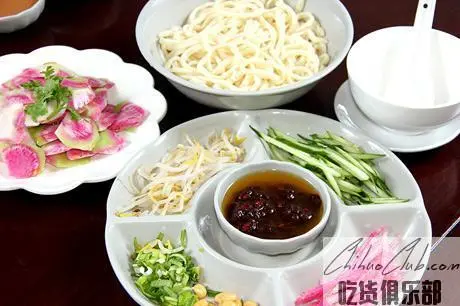
The old Beijing fried noodles is the first choice for sea bowls. A bowl of hot and red and green fried noodles, served with a variety of side dishes, is really enjoyable. A bowl of delicate and flexible noodles is in front of the eyes, the aroma of the noodles comes out, and the appetite is wide open. The reddish-colored peppers are also hot and not dry, and the aroma is mellow, which makes people feel good. Absolutely a favorite of heavy taste lovers. According to the different tastes, some people like to add red, that is, put more peppers, some people like to add green, more green vegetables, increase the taste of noodle sauce, high quality taste and unique taste is the core of the old Beijing noodles. A bowl of noodles is full of ingredients, first adjust the seasoning, add noodles, thick sauce, noodles, this is the most authentic noodles.

Ai Wo Wo is a snack made from glutinous rice. It is characterized by white snow color, spherical shape, soft texture and sweet taste.
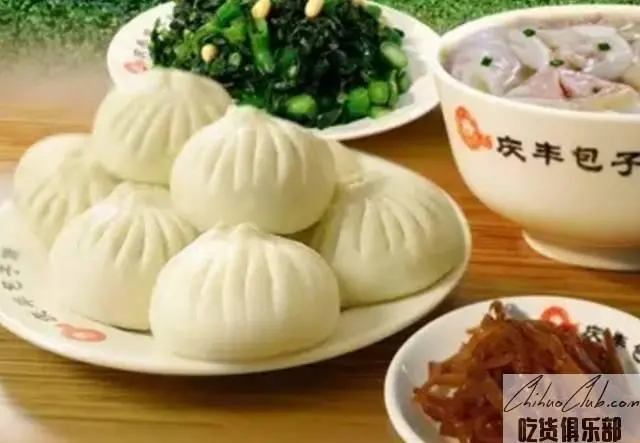
As a representative of the Beijing steamed buns, Qingfeng steamed buns have a thin stuffing and a beautiful appearance. The food is soft and vigorous, and the juice is refreshing and delicious.
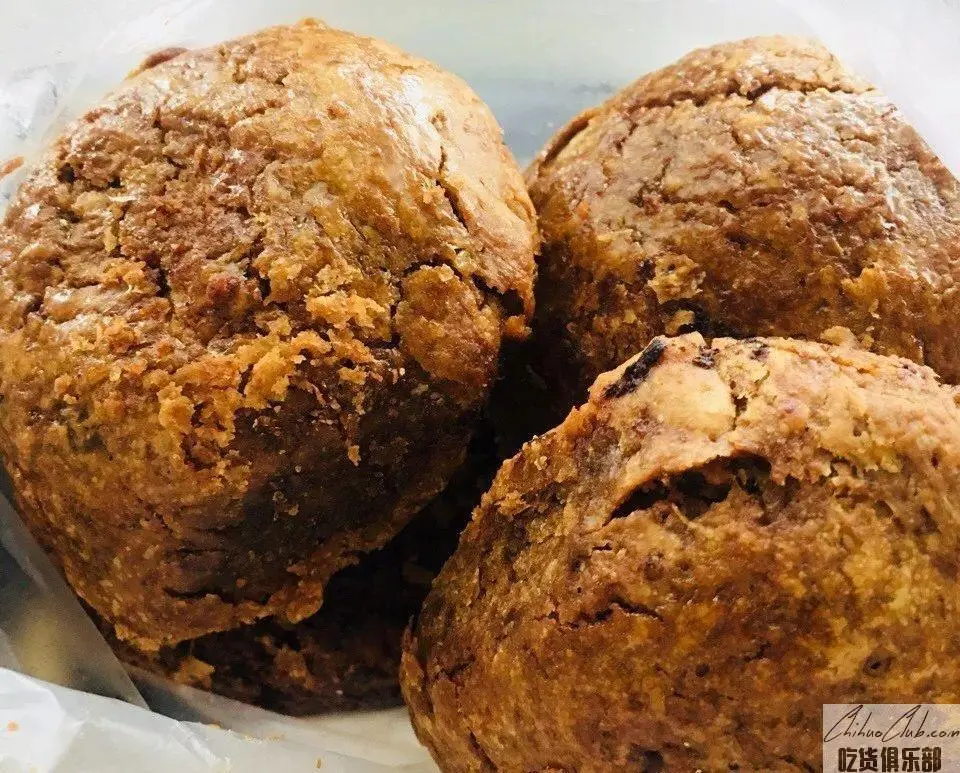
The Beijingers called the sesame seeds a fire, which is a popular food. Take it early and eat it sweet and delicious. The most famous in Beijing is the sugar-fired meat produced by Jingsong Tongzhou “Da Shun Zhai”. Sugar fire is a halal food. It is suitable for both the elderly and the young, especially for the elderly. It is generally used by people for breakfast, night meals or daytime meals. With tea or boiling water, you can eat its unique flavor. Tahini and brown sugar have a warming effect, which can improve diet and health.
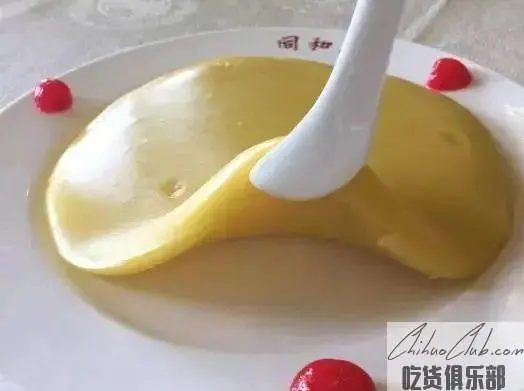
"Three non-stick" is also called "soft yellow cabbage" or "osmanthus egg". The dish is golden in color and sweet in taste. When frying, it does not stick to the spoon. It does not stick to the chopsticks when it is cooked. It does not stick to the teeth when it is eaten, so the name is “three non-sticky”. It is soft and fragrant, sweet and not greasy, and has the effect of puzzle and appetizing. According to legend, the Qing Emperor Qianlong’s southern tour, passing through the Changde House, is known as the “three non-stick”. Qianlong’s great joy after eating, immediately made a note of the recipe for this dish. Since then, "three non-stick" passed to the palace and became a famous dish in the palace.
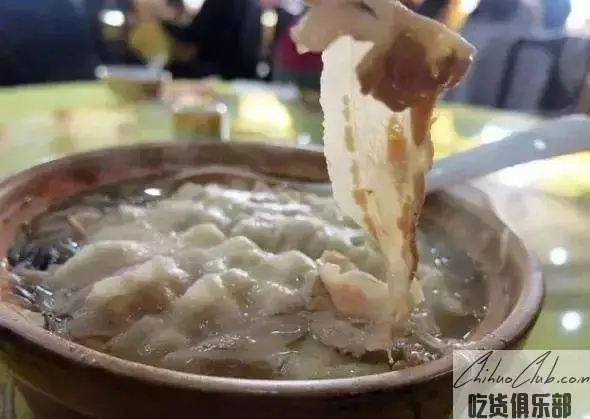
Casserole white meat is also called sauerkraut white meat, which is a traditional winter dish in Beijing. It seems to be broth, but the taste is unforgettable for a lifetime. Because of the addition of sauerkraut, the taste of the white meat casserole is improved, and the sour taste of the sauerkraut also neutralizes the greasy feel of the pork belly.
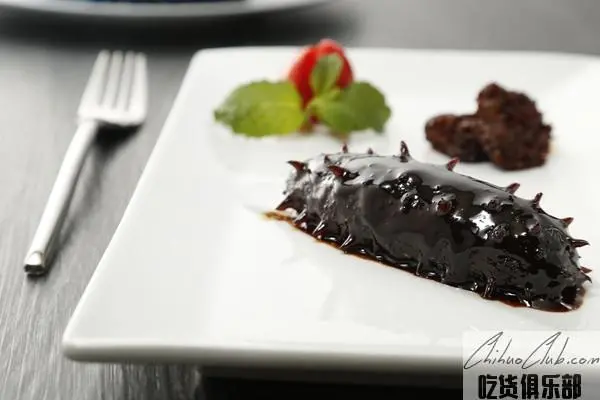
Scallion sea cucumber is a Chinese speciality food. It is one of the “Ancient and Modern Bazhen” and was introduced to Beijing from Shandong. Wang Shizhen, a famous chef of Fengzeyuan Restaurant in Beijing, reformed it. He took the practice of “concentrating and attacking thick” on the characteristics of the strong nature of sea cucumber, and it was filled with thick juice and strong flavor. To achieve the effect of color and fragrance.
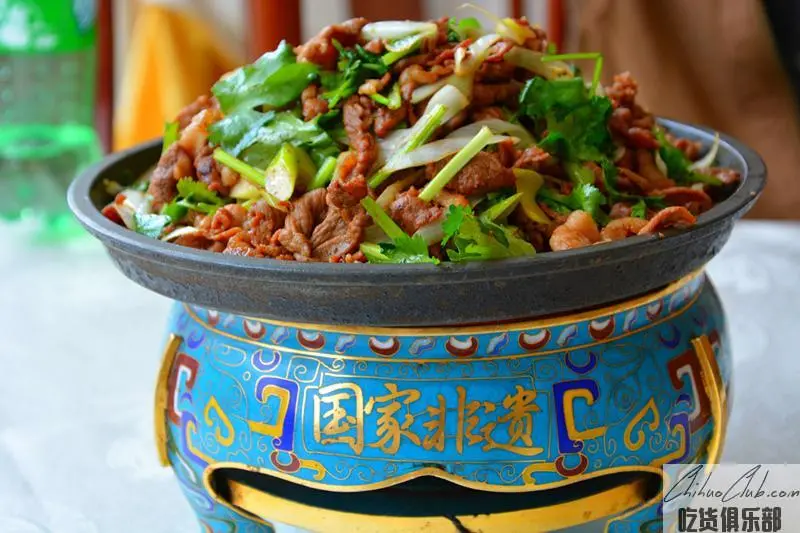
Beijing barbecue has a long history, unique flavor, exquisite materials, skilled craftsmanship, and has a high status in Beijing and even Chinese cooking history. Grilled meat is a unique flavor dish in Beijing. It is made by picking the sliced beef and mutton slices and then baking them on a special round iron plate (also known as "tweezers"). In the history of the Ming Palace, the food is good, it has been recorded: "Where the snow meets, the warm room will appreciate the plum and eat the mutton." It then spread to the people and prevailed in the market.

Donglaishun mutton is known as the “first Chinese cockroach” and has eight characteristics of “fine material selection, beautiful knife, seasoning fragrant, hot pot wang, fresh soup, sugar and garlic, fine ingredients and all kinds of accessories”. Its mutton is fat, not oily, thin and not firewood. It is ripe for a long time, it is not old for a long time, it is not greasy and tastes delicious.
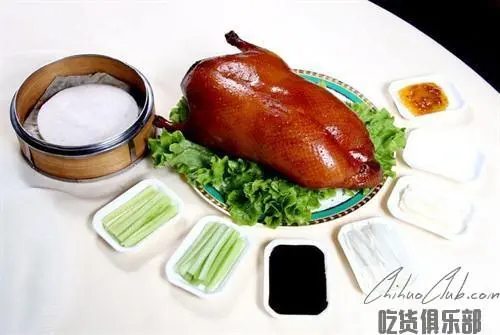
Beijing Roast Duck is a famous dish in Beijing with a world-famous reputation. It originated from the Southern and Northern Dynasties of China. It has been recorded in the "Jie Zhen Lu", which was a court food at the time. The material used is high-quality meat duck, Beijing duck, fruit charcoal fire grilled, ruddy color, fleshy fat but not greasy, crisp outside and tender. Beijing Roast Duck is divided into two major schools, and Beijing's most famous roast duck restaurant is also the representative of the two factions. It is known as "the world's delicious" with its bright color, delicate meat, mellow taste and fat but not greasy.
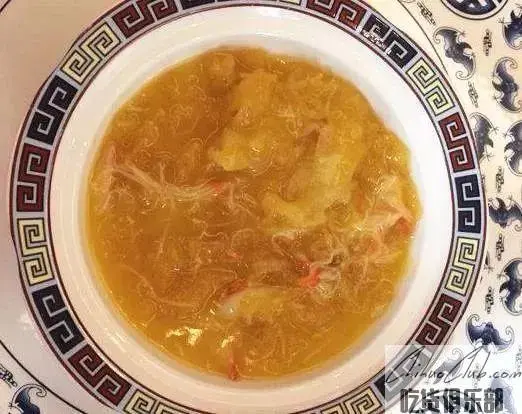
The squid fin is the home-watching dish of Tan Jiacai. In order to protect the animals, it is now replaced by fish belly. The authentic stingray belly is soft and smooth, the soup is thick and not greasy, clear and not thin; the amount of salt and sugar is very small, and the proportional relationship is just right, it is cool and light and tasteful.
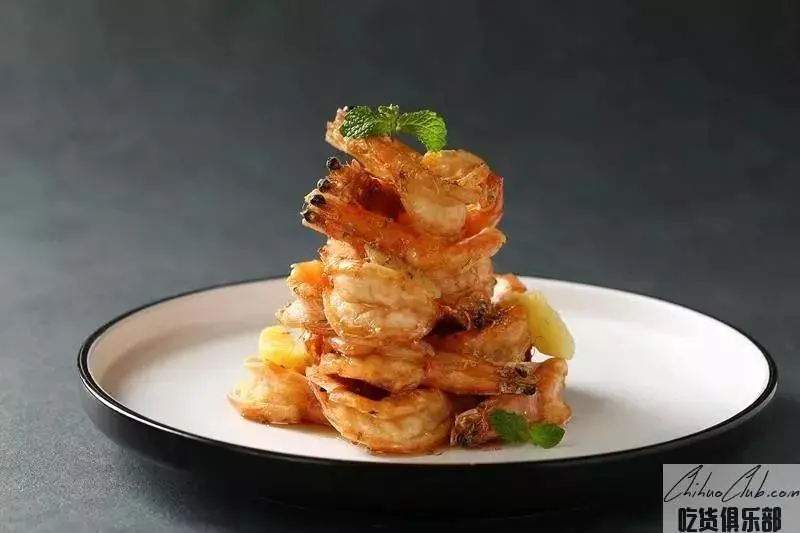
Deep-fried shrimp section, belonging to the official government of Zhili District. This dish is delicious and nutritious. The dishes are crispy, the taste is savory, the color is beautiful, the protein is very rich, and the nutritional value is very high.

A product of tofu is a classic and famous dish. The taste is fresh, the color is yellow and white, the skin is crisp and elastic. As the lips and teeth just bite open the meringue outside, the white and tender tofu inside slipped into the mouth with a sauce and sauce. The mouth is salty and slightly spicy, with a slightly sweet and savory sauce.
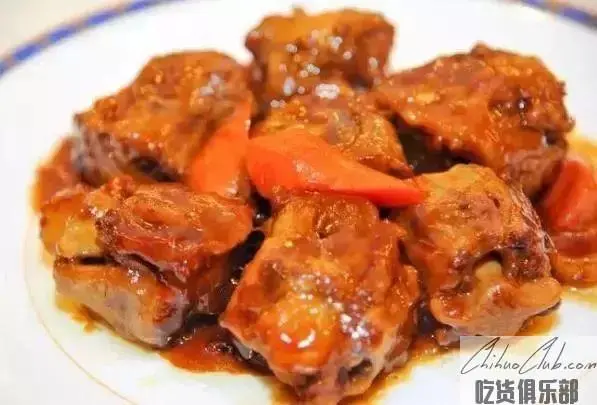
Braised oxtail is a more common dish in halal dishes. The braised oxtail on the braised oxtail is loose, but not completely separated. The color is lustrous, the meat is thick and fragrant, and the flavor is mellow. The braised oxtail was the main meat of the Guanzhong people in the Zhou Dynasty, and it has been continuously improved since the generations.